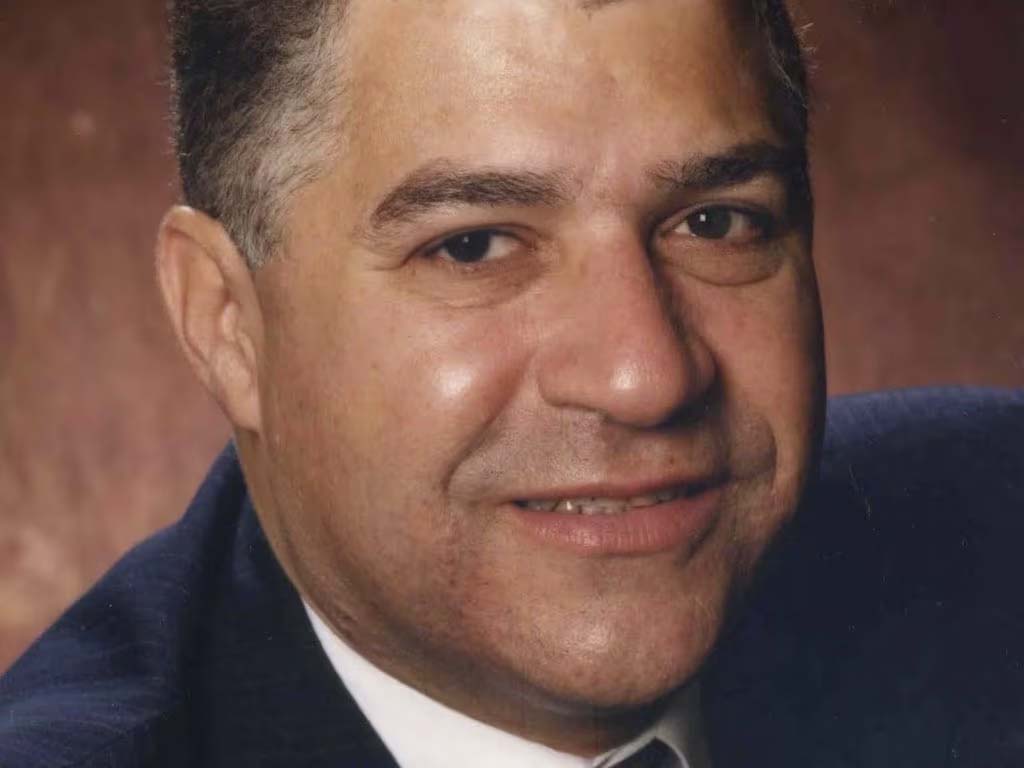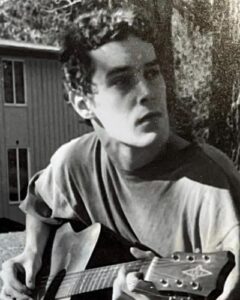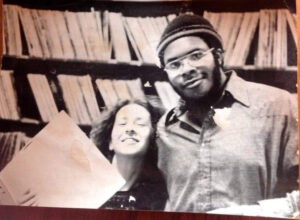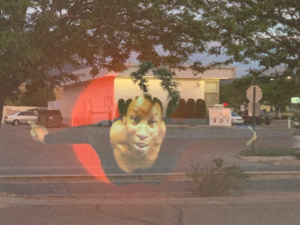 Slab is Goddard alumna Selah Saterstrom’s new book out from Coffeehouse Press, a place you can rely on for fascinating, timely and inventive work. “On a slab that’s all Katrina left of her Mississippi home, Tiger tells a story full of wickedness and incantation…”
Slab is Goddard alumna Selah Saterstrom’s new book out from Coffeehouse Press, a place you can rely on for fascinating, timely and inventive work. “On a slab that’s all Katrina left of her Mississippi home, Tiger tells a story full of wickedness and incantation…”
Excerpt from the book:
“SCENE IN A HOUSE: The filthy kitchenette, Ragú on the backsplash, a broken plastic thing snaked in the sheets, a diesel cloud of tires burning in the yard, father of baby number one, number two, father of baby number three, number four, future baby of a father, a rebel flag, all of this to unconjure. In a single wavy swoop.
SCENE ON A DIRT ROAD: An accident in a cornfield at night and a grown man, screaming. Elsewhere, a suitcase for a doll-child. The suitcase is a specimen dish, the doll child, a bloom, dropped. An inky scarlet packet popped. More like a smear on a glass plate.
SCENE ON A ROOFTOP AMID RISING WATER: “Oh she happened!” Water slapped her mouth until it filled. And then she sank. Eyes open.”
The Writer: What was the impetus for the book? Where did you get the idea for it?
Selah: Hurricane Katrina, the devastation of the Mississippi Gulf Coast and New Orleans, as well as the disaster that was FEMA, greatly energized this project. My mother’s community of Waveland, Mississippi, considered “ground zero” of Katrina’s landfall, was completely obliterated. Walking through the neighborhood, post-Katrina, I became aware of this huge narrative drift. The narratives felt like a kind of light that moved through everything: dislocated, disembodied, fragmented, deceased and animated, moving through bodies and paradigms, resonate with voices and gestures that used to belong to people and communities. I felt that parts of this light from the drift landed inside of me, which is how the book began. As this light/drift translated into language, I realized the book’s structure was modeled after a jazz funeral, which begins with mourners and musicians, playing dirges, marching the body to the cemetery. After everything is done at the grave and the body is “cut loose,” the music shifts into Dixieland Jazz. It is in this funerary-celebratory space where I attempted to write the book, and it still feels, for me, like this is where the book “happens.”
The Writer: How did you “find” the characters?
Selah: Before walking through my mother’s neighborhood for the first time post-Katrina, we had been warned about dogs that had packed up. I didn’t see any packs that day, but did see other dogs. They were dead, fixed in extraordinary ways, pinned within the constellations that disaster had made. There were also specially trained corpse-locating dogs. One of these dogs did in fact locate a corpse in proximity to where my mother’s home had been. She was a redhead caught in a mess of wooden beams and debris. I was carrying around a little notebook, and upon learning this I wrote down: My name is Tiger and this is the story of how I got my name. After writing that sentence, I had a strange sensation and knew in that moment that I was going to write a book about a woman named Tiger. The radical arrangements of innumerable textures (the scenes of the disaster) coupled with the suffering and loss of individuals, families, and communities (and what such loss does to how one relates to and expresses narrative) necessitated that my relationship with language change, and the novel became the field where such ruptures were possible.
The Writer: What did you do when the going got rough?
Selah: I asked for support from trusted friends (many of whom I met, in some way, through Goddard). This web of friendship helped to create the conditions conducive to continue risking (writing!) and helped me to stay present with the work, which involved a willingness, at times, to feel acutely uncomfortable and very sad.
This is a strategy I learned while at Goddard from the extraordinary teacher and writer, Rebecca Brown. I remember her saying to our advisee group at one point something along the lines of: cultivate friends who will tell you the truth about your work and who also have integrity in their process…you’ll need them if you plan on writing for a long, long time. What a gift that advice has been.







